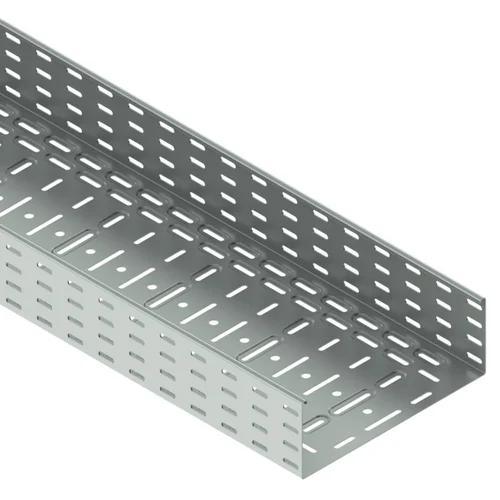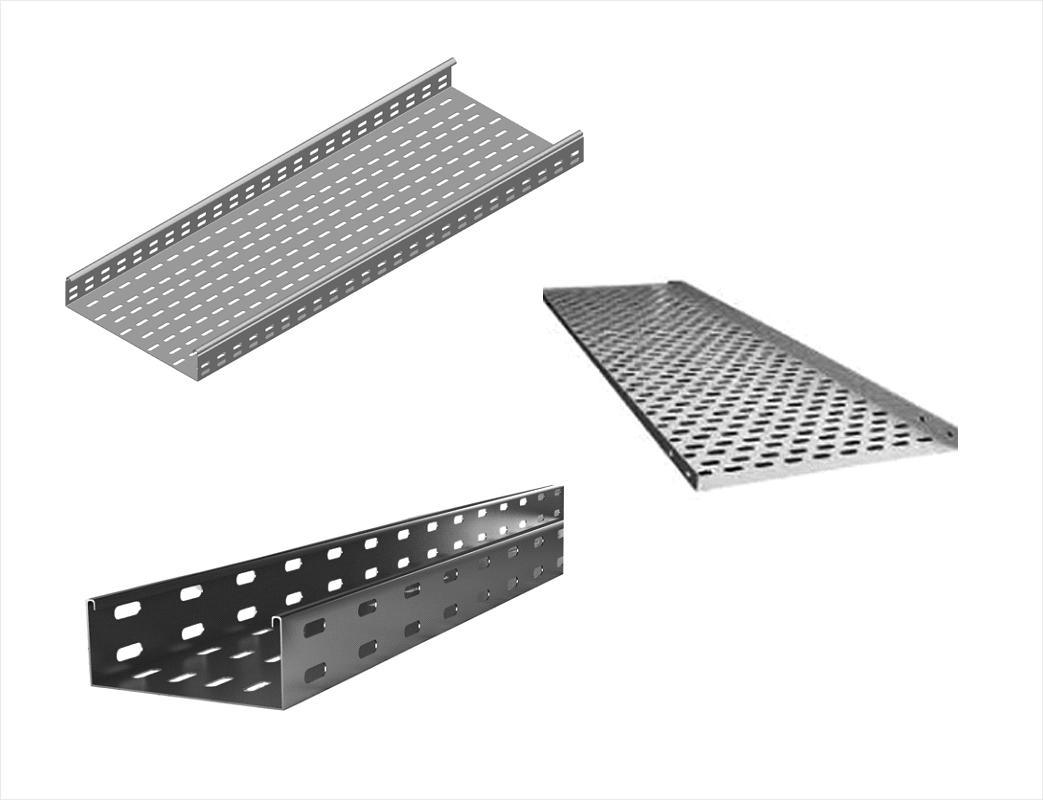Cable trays are an essential component of electrical installations, providing support and protection for cables and wires. When it comes to selecting the right cable tray system, two of the most commonly used materials are aluminum and steel. Both materials have their own unique advantages and disadvantages, making the decision between them a critical one. In this article, we will delve deeper into the properties and characteristics of aluminum and steel cable trays to help you determine which option is the better choice for your specific needs.
Aluminum Cable Trays:
Aluminum cable trays are a popular choice for many electrical installations due to their lightweight and corrosion-resistant properties. Here are some of the key advantages and disadvantages of using aluminum cable trays:
Advantages:
1. Lightweight: Aluminum is significantly lighter than steel, making it easier to handle and install. This can result in reduced labor costs and faster installation times.
2. Corrosion-resistant: Aluminum is highly resistant to corrosion, which makes it an ideal choice for installations in harsh or humid environments. It does not rust or corrode easily, which means that it requires minimal maintenance over time.
3. Low maintenance: Aluminum cable trays require minimal maintenance, as they do not rust or corrode easily. This can save you time and money in the long run, as you won’t need to perform regular inspections or repairs.
4. Electrical conductivity: Aluminum is an excellent conductor of electricity, which makes it suitable for use in electrical installations. It has a lower resistance than steel, which means that it can carry higher currents without overheating.
5. Aesthetics: Aluminum cable trays have a sleek and modern appearance, which can enhance the overall look of your electrical installation.

Disadvantages:
1. Lower load-bearing capacity: Aluminum has a lower load-bearing capacity compared to steel, which means that it may not be suitable for heavy-duty applications. If you need to support large or heavy cables, aluminum cable trays may not be the best option.
2. Soft material: Aluminum is a relatively soft material, which makes it more susceptible to damage during installation or transportation. It can dent or scratch easily, which may affect its performance or appearance over time.
3. Higher cost: Aluminum cable trays are generally more expensive than steel cable trays. While they may offer benefits such as corrosion resistance and low maintenance, the upfront cost may be a factor to consider if you are working with a tight budget.
Steel Cable Trays:
Steel cable trays are another popular choice for electrical installations due to their strength and durability. Here are some of the key advantages and disadvantages of using steel cable trays:
Advantages:
1. High load-bearing capacity: Steel cable trays have a high load-bearing capacity, making them suitable for heavy-duty applications. They can support large or heavy cables without degrading over time.
2. Durability: Steel is a strong and durable material that can withstand harsh conditions and heavy loads without degrading over time. It is less susceptible to damage during installation or transportation than aluminum.
3. Cost-effective: Steel cable trays are generally less expensive than aluminum cable trays, making them a more cost-effective option for many installations.
4. Customizable: Steel cable trays can be customized to meet specific requirements, such as adding additional support or reinforcement. This can make them more versatile than aluminum cable trays, which may have limited customization options.
5. Fire resistance: Steel cable trays have a higher fire resistance rating than aluminum cable trays, which can be an important consideration for installations in areas with high fire risk.

Disadvantages:
1. Corrosion-prone: Steel is prone to rust and corrosion, especially in humid or salty environments. This can lead to reduced lifespan and increased maintenance costs. To prevent corrosion, steel cable trays may need to be coated or treated with protective coatings.
2. Heavyweight: Steel cable trays are heavier than aluminum cable trays, which can make them more difficult to handle and install. This may result in higher labor costs and longer installation times.
3. Electrical conductivity: Steel is not as good a conductor of electricity as aluminum, which may limit its suitability for certain types of electrical installations. It has a higher resistance than aluminum, which means that it may generate more heat when carrying high currents.
Conclusion:
When choosing between aluminum and steel cable trays, there are several factors to consider, including load requirements, environment, budget, and aesthetics. Aluminum cable trays are lightweight, corrosion-resistant, and require minimal maintenance, but may not be suitable for heavy-duty applications. Steel cable trays are strong, durable, and cost-effective, but may be prone to corrosion and have a higher weight. Ultimately, the best option depends on your specific needs and circumstances. Consulting with a professional electrical engineer or contractor can help you determine the most appropriate cable tray system for your installation.

